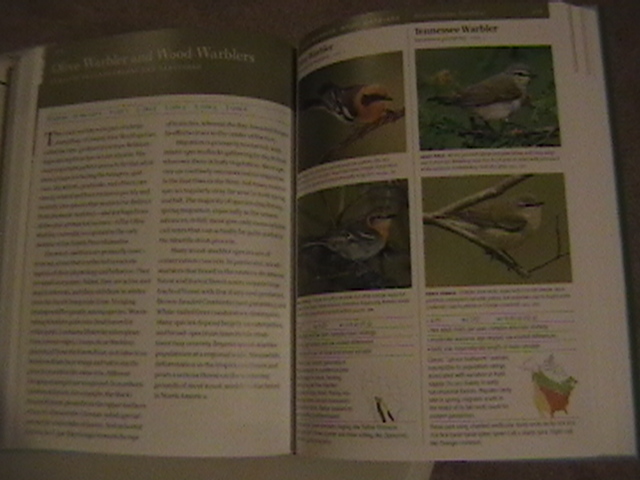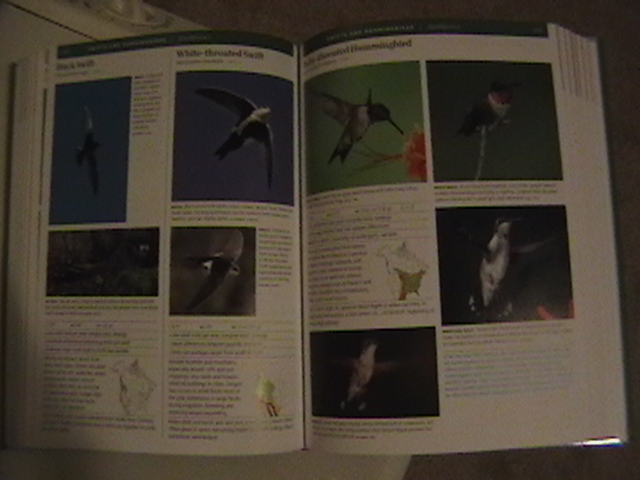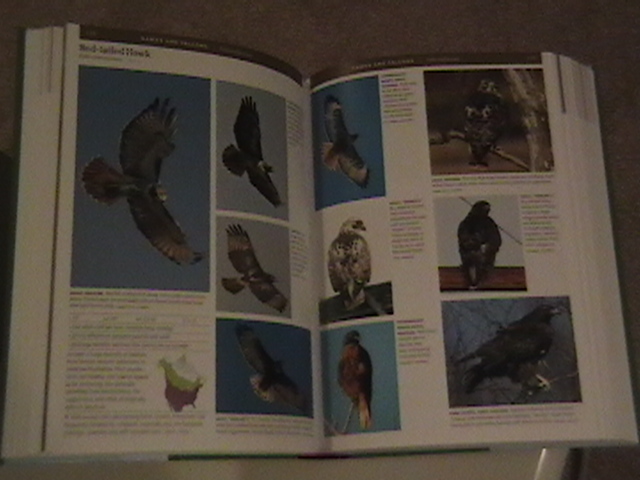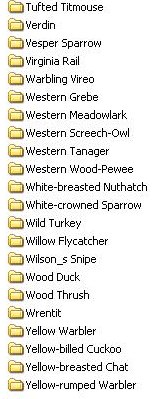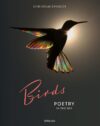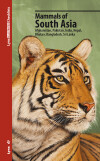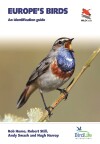Binocular Vision: The Politics of Representation in Birdwatching Field Guides – Initial Review
October 2, 2011 | Comments (0)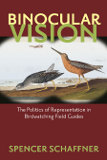
The field guide is an indispensable tool of the birder. Birders study them, enjoy their art or photographs, and, of course, use them to identify birds. But how often do we really think about field guides and what we should expect from them? And have you ever considered the possibility that field guides may influence their users in matters other than identification? Spencer Schaffner has. In Binocular Vision
, Schaffner explores the broader implications, beyond that of ID, of bird representations in field guides.
Schaffner starts with an examination of the first field guides from the late nineteenth century and contrasts their treatment of birds with modern guides. He goes on to scrutinize online and digital field guides, completing a look at the evolution of this genre from its beginnings unto today. But this book is more than a history of the field guide.
The author’s main contention is that “representations of birds and the environment in field-guide literature have much broader implications” than simply identification. Schaffner uses the term binocular vision to denote a way of “seeing and thinking about birds as detached from the physical, political, and ideological worlds that greatly affect them”. He argues that, with their focus on identification, field guides serve to foster this narrow view of nature.
I don’t agree with all of the author’s conclusions, but this book forced me to take a more critical look at field guides and what their role can and should be. And that made it very much worth reading.
Here’s the full review.
Binocular Vision: The Politics of Representation in Birdwatching Field Guides
by Spencer Schaffner
University of Massachusetts Press, 2011
$24.95
Disclosure: The item used to produce this review was a complementary review copy provided by the publisher.

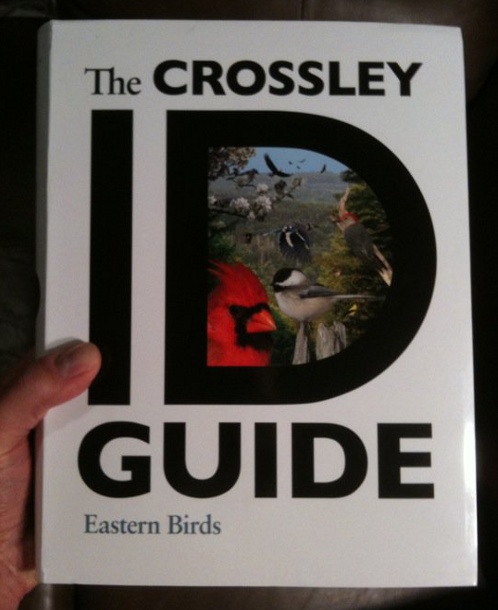
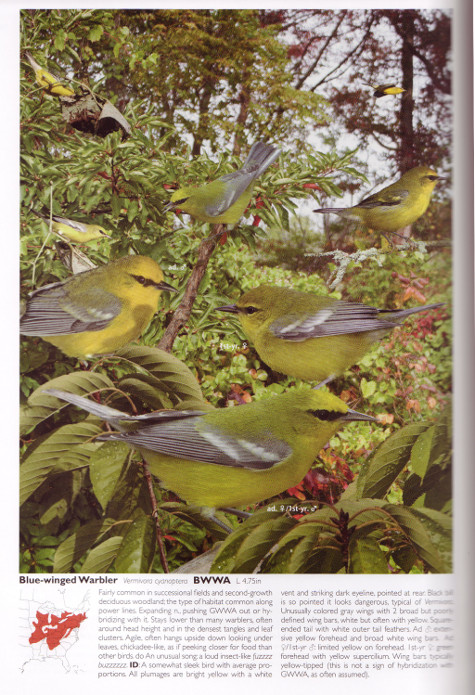
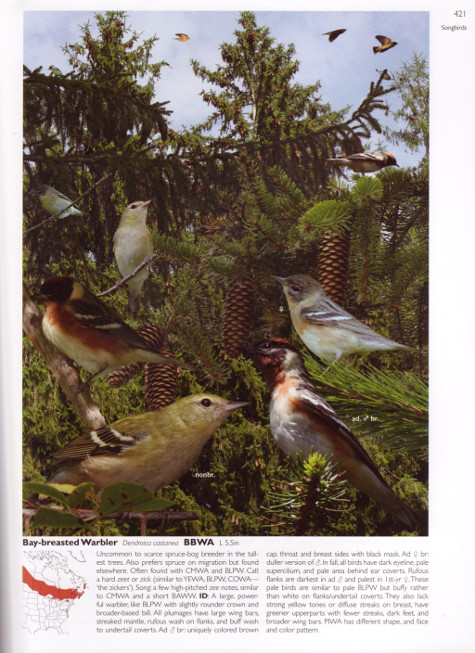
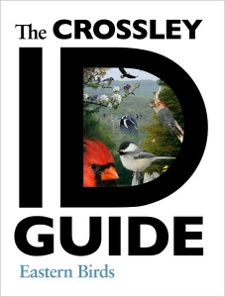
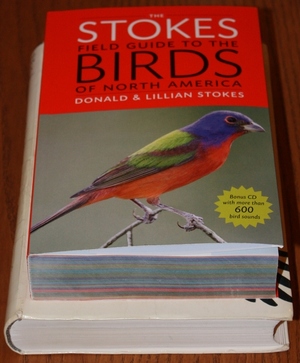
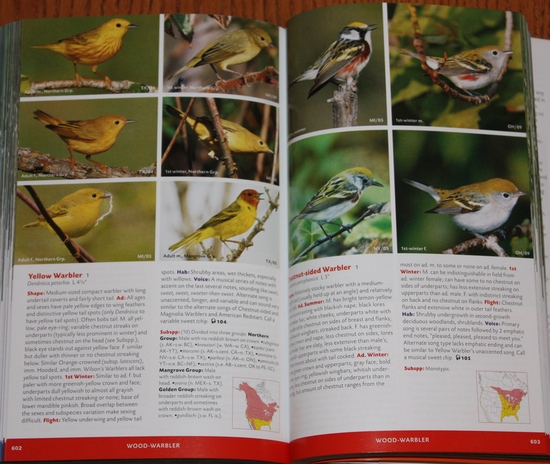
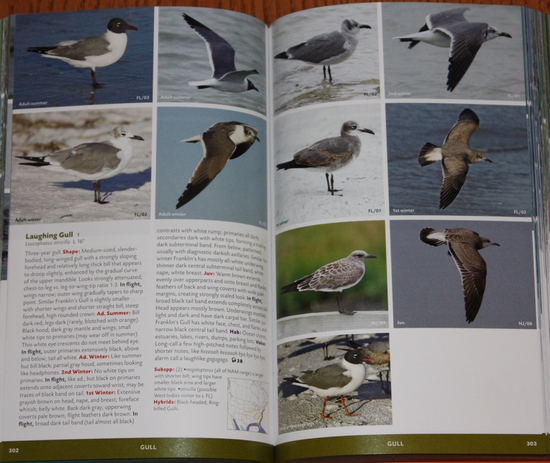
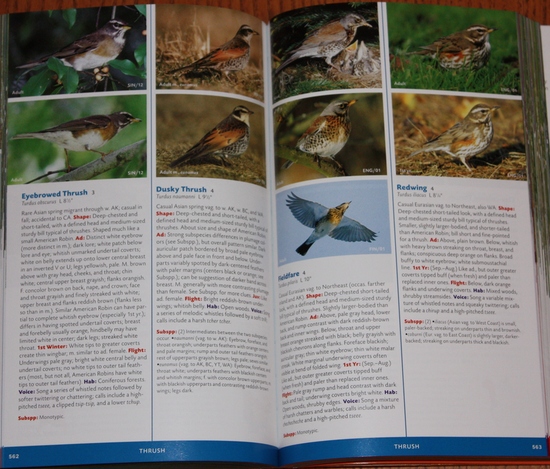
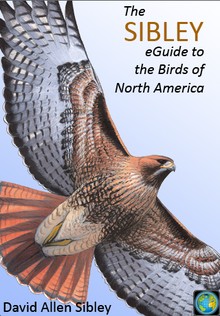
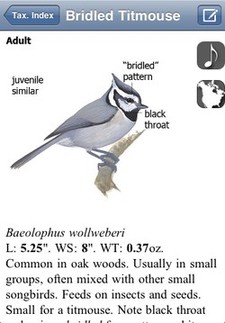
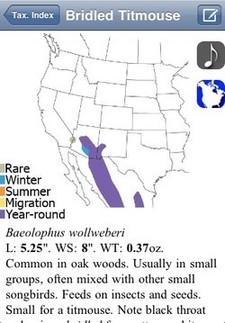
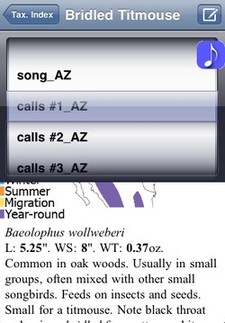
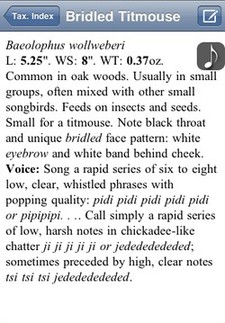


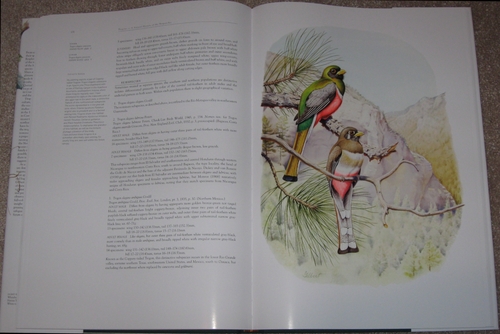


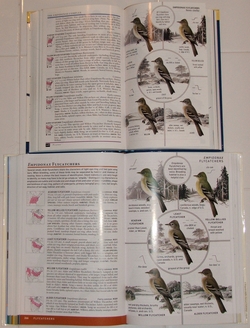
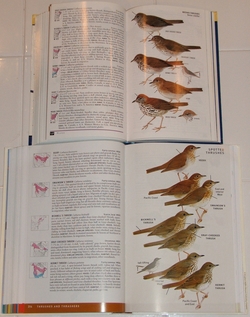
 This afternoon I found the new
This afternoon I found the new 